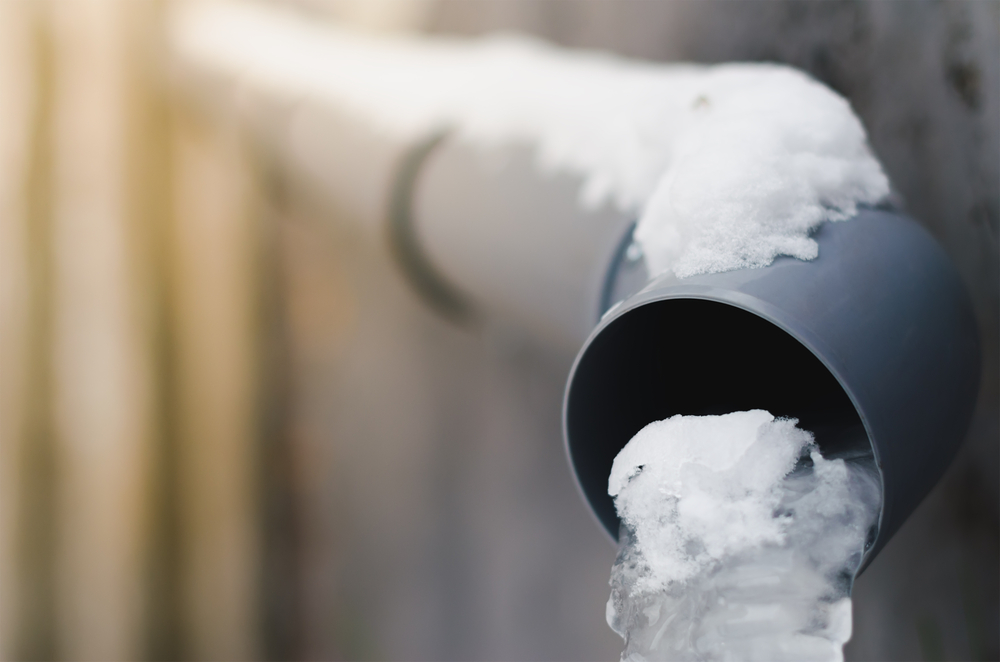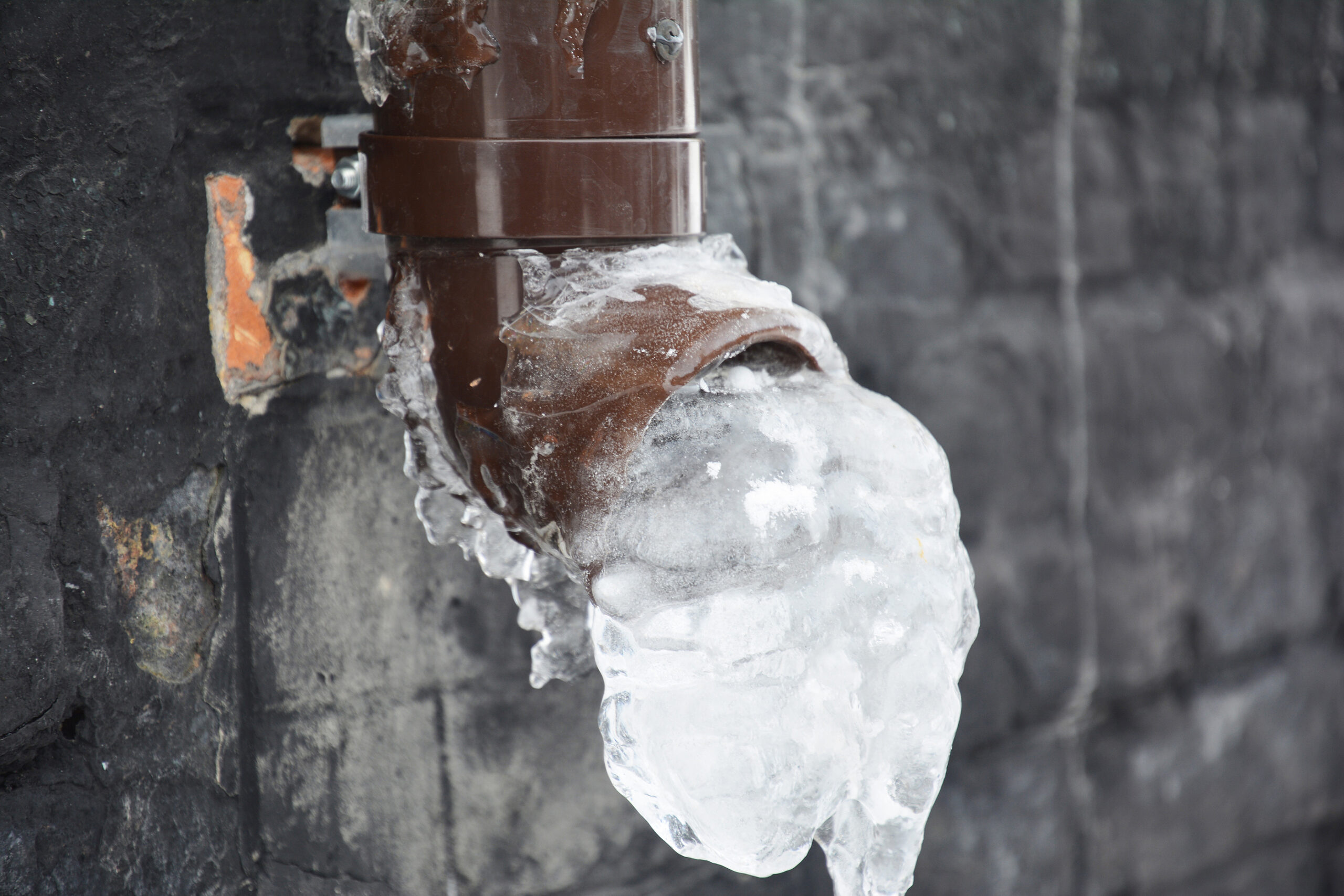Protecting Against Frozen Plumbing in Cold Weather: Expert Tips
Protecting Against Frozen Plumbing in Cold Weather: Expert Tips
Blog Article
Right here below you will discover additional wonderful insights about Preventing and dealing with frozen pipes.

Cold weather can ruin your pipes, particularly by freezing pipelines. Here's exactly how to stop it from happening and what to do if it does.
Introduction
As temperatures drop, the danger of icy pipes increases, potentially leading to pricey fixings and water damages. Recognizing just how to stop icy pipelines is vital for house owners in chilly climates.
Prevention Tips
Shielding prone pipes
Cover pipelines in insulation sleeves or use warmth tape to secure them from freezing temperatures. Concentrate on pipes in unheated or external areas of the home.
Home heating methods
Keep interior rooms effectively heated, especially areas with pipes. Open closet doors to allow warm air to circulate around pipelines under sinks.
Just how to identify icy pipes
Seek lowered water flow from faucets, uncommon odors or noises from pipes, and noticeable frost on subjected pipes.
Long-Term Solutions
Architectural adjustments
Consider rerouting pipes far from exterior walls or unheated locations. Include additional insulation to attic rooms, basements, and crawl spaces.
Updating insulation
Invest in high-grade insulation for pipelines, attics, and walls. Correct insulation aids preserve consistent temperatures and lowers the threat of icy pipes.
Shielding Outside Plumbing
Garden pipes and outdoor taps
Disconnect and drain yard hoses prior to winter. Mount frost-proof spigots or cover exterior faucets with protected caps.
Recognizing Icy Pipes
What causes pipelines to ice up?
Pipes freeze when subjected to temperature levels listed below 32 ° F (0 ° C) for prolonged durations. As water inside the pipes ices up, it broadens, taxing the pipeline wall surfaces and possibly triggering them to break.
Risks and damages
Icy pipes can result in water disturbances, residential property damages, and costly repair services. Burst pipes can flood homes and create considerable architectural damage.
Signs of Frozen Pipeline
Determining icy pipes early can stop them from rupturing.
What to Do If Your Pipelines Freeze
Immediate activities to take
If you believe frozen pipelines, maintain faucets open up to eliminate pressure as the ice thaws. Use a hairdryer or towels taken in hot water to thaw pipes gradually.
Conclusion
Protecting against frozen pipes calls for proactive procedures and fast actions. By recognizing the causes, indications, and safety nets, home owners can protect their plumbing during cold weather.
5 Ways to Prevent Frozen Pipes
Drain Outdoor Faucets and Disconnect Hoses
First, close the shut-off valve that controls the flow of water in the pipe to your outdoor faucet. Then, head outside to disconnect and drain your hose and open the outdoor faucet to allow the water to completely drain out of the line. Turn off the faucet when done. Finally, head back to the shut-off valve and drain the remaining water inside the pipe into a bucket or container. Additionally, if you have a home irrigation system, you should consider hiring an expert to clear the system of water each year.
Insulate Pipes
One of the best and most cost-effective methods for preventing frozen water pipes is to wrap your pipes with insulation. This is especially important for areas in your home that aren’t exposed to heat, such as an attic. We suggest using foam sleeves, which can typically be found at your local hardware store.
Keep Heat Running at 65
Your pipes are located inside your walls, and the temperature there is much colder than the rest of the house. To prevent your pipes from freezing, The Insurance Information Institute suggests that you keep your home heated to at least 65 degrees, even when traveling. You may want to invest in smart devices that can keep an eye on the temperature in your home while you’re away.
Leave Water Dripping
Moving water — even a small trickle — can prevent ice from forming inside your pipes. When freezing temps are imminent, start a drip of water from all faucets that serve exposed pipes. Leaving a few faucets running will also help relieve pressure inside the pipes and help prevent a rupture if the water inside freezes.
Open Cupboard Doors
Warm your kitchen and bathroom pipes by opening cupboards and vanities. You should also leave your interior doors ajar to help warm air circulate evenly throughout your home.

I stumbled upon that entry on 6 Ways to Prevent Frozen Pipes when doing a lookup on the web. Enjoyed reading our piece? Please share it. Help others check it out. Thank you so much for your time spent reading it.
Click Here Report this page